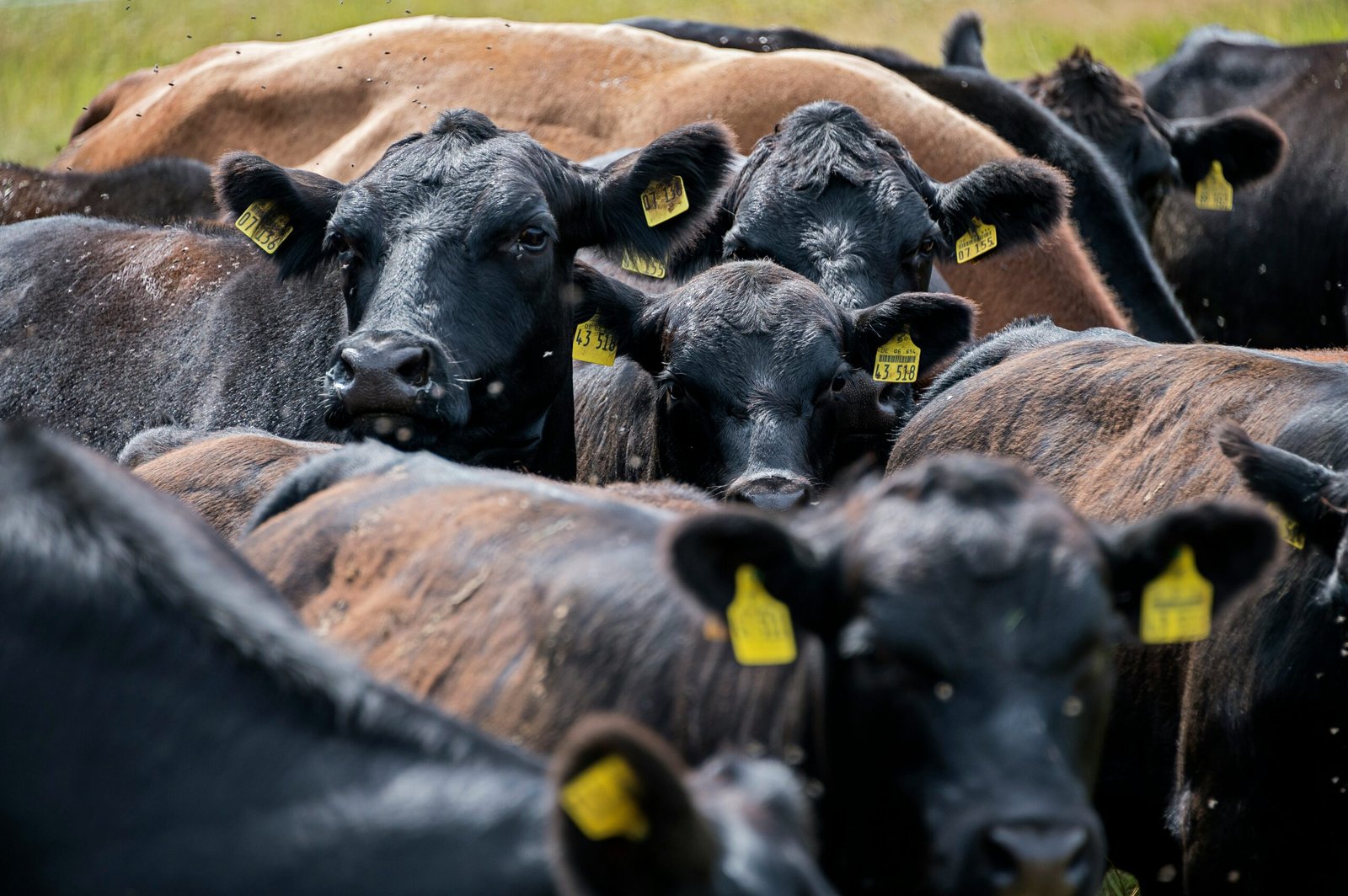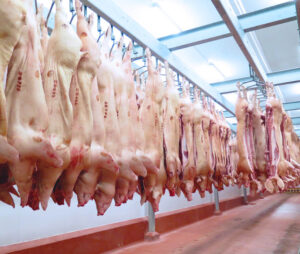The meat industry has undergone significant technological advancements in recent years, transforming the way meat is produced, processed, and consumed. These innovations have not only improved efficiency and productivity but also enhanced the overall quality and safety of meat products. In this article, we will explore some key technological advances and their uses in the meat industry.
1. Automation and Robotics:
Automation and robotics have revolutionized meat processing plants, streamlining operations and reducing the reliance on manual labor. Robotic systems are now used for tasks such as carcass cutting, deboning, and packaging, ensuring precision and consistency. These technologies have not only increased productivity but also improved worker safety by reducing the risk of repetitive strain injuries.
2. Artificial Intelligence (AI) and Machine Learning:
AI and machine learning technologies are being employed in various aspects of the meat industry. For instance, AI-powered systems can analyze data from sensors and cameras to monitor animal behavior, health, and welfare in livestock farming. This enables early detection of diseases and helps farmers make informed decisions regarding feeding, breeding, and overall herd management.
3. Internet of Things (IoT):
The IoT has enabled the development of smart farming systems in the meat industry. Sensors embedded in livestock can monitor vital signs, feeding patterns, and environmental conditions, providing real-time data to farmers. This data-driven approach allows farmers to optimize animal health, reduce feed waste, and improve overall efficiency in meat production.
4. Blockchain Technology:
Blockchain technology is increasingly being used to enhance transparency and traceability in the meat supply chain. By recording every step of the production and distribution process on a decentralized ledger, consumers can easily track the origin of the meat they purchase. This technology helps to prevent fraud, ensure food safety, and build trust between consumers and producers.
5. Food Safety Technologies:
Ensuring the safety of meat products is of paramount importance. Technological advancements have led to the development of various food safety technologies in the meat industry. For example, advanced imaging systems can detect contaminants, such as foreign objects or pathogens, in meat products, minimizing the risk of foodborne illnesses. Additionally, rapid microbial testing methods can quickly identify harmful bacteria, allowing for timely interventions and preventing potential outbreaks.
6. Sustainable Packaging:
The meat industry is also embracing sustainable packaging solutions to reduce its environmental impact. Innovations such as biodegradable and compostable packaging materials are gaining popularity, replacing traditional plastic packaging. Moreover, smart packaging technologies are being developed to extend the shelf life of meat products, reducing food waste and improving sustainability.
7. Genetic Technologies:
Advancements in genetic technologies have facilitated the breeding of livestock with desirable traits, such as improved meat quality, disease resistance, and feed efficiency. This has led to the development of genetically superior animals, resulting in higher-quality meat products. Additionally, genetic testing can be used to authenticate meat products and prevent mislabeling or fraud.
In conclusion, technological advancements have revolutionized the meat industry, improving efficiency, productivity, and overall quality. From automation and robotics to AI, IoT, blockchain, and food safety technologies, these innovations have transformed the way meat is produced, processed, and consumed. Embracing these advancements not only benefits the industry but also ensures the safety, sustainability, and satisfaction of consumers. As technology continues to evolve, the meat industry will undoubtedly witness further advancements, shaping the future of meat production and consumption.



